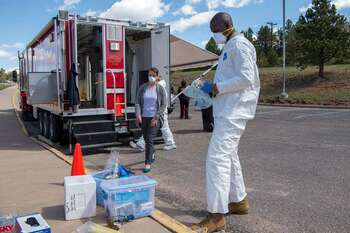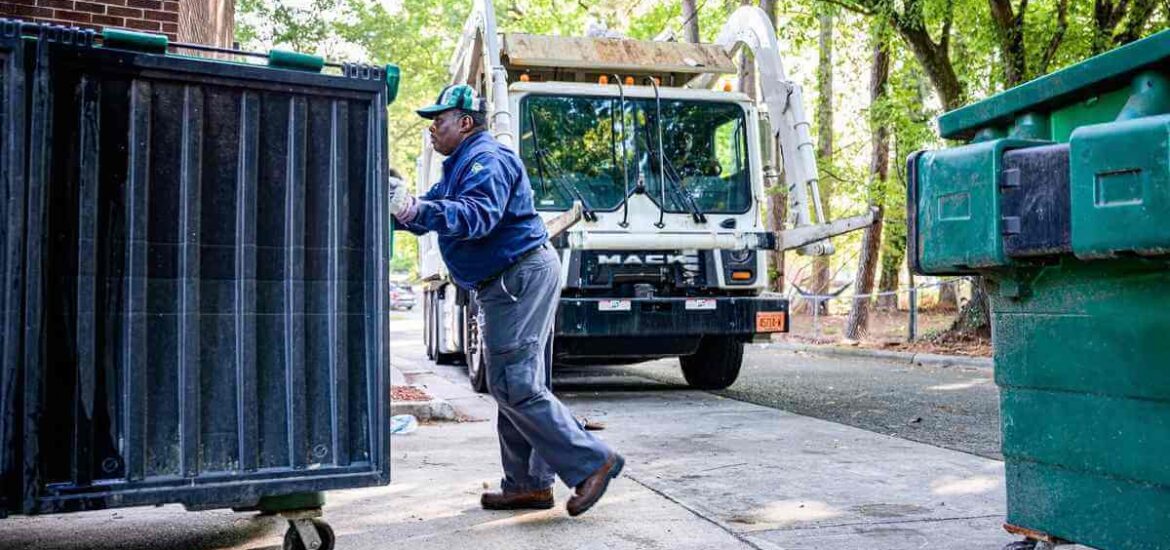Transporting hazardous waste is a critical process that requires meticulous planning, rigorous safety measures, and strict adherence to regulatory guidelines. Whether it involves industrial chemicals, medical waste, or radioactive materials, the safe and efficient transport of hazardous waste is essential to protect public health, the environment, and those involved in the transportation process. This article delves into the key considerations, regulatory requirements, and best practices for transporting hazardous waste.
Understanding Hazardous Waste
Hazardous waste encompasses a broad range of materials that pose potential risks to human health and the environment. These materials can be toxic, flammable, corrosive, reactive, or infectious. Common types of hazardous waste include:
- Chemical Waste: Industrial solvents, pesticides, and laboratory chemicals.
- Biological Waste: Medical waste, including contaminated sharps, blood, and bodily fluids.
- Radioactive Waste: Waste from nuclear power plants, medical treatments, and research facilities.
- Electronic Waste: Discarded electronic devices containing hazardous substances like lead, mercury, and cadmium.
Regulatory Framework
 Transporting hazardous waste is governed by a complex web of regulations at international, national, and local levels. Key regulatory frameworks include:
Transporting hazardous waste is governed by a complex web of regulations at international, national, and local levels. Key regulatory frameworks include:
- The Basel Convention: An international treaty that controls the transboundary movements of hazardous wastes and their disposal.
- The Resource Conservation and Recovery Act (RCRA): U.S. federal law that governs the disposal of solid and hazardous waste.
- The Hazardous Waste Regulations (UK): National regulations that control the movement and disposal of hazardous waste within the UK.
- European Agreement Concerning the International Carriage of Dangerous Goods by Road (ADR): European regulations for the safe transport of dangerous goods.
Key Considerations for Transporting Hazardous Waste
1. Classification and Identification
Accurate classification and identification of hazardous waste are crucial. Waste generators must determine the waste’s properties and hazards, and label it accordingly. Proper classification ensures that appropriate handling, packaging, and transportation methods are used, reducing the risk of accidents and environmental contamination.
2. Packaging and Containment
Hazardous waste must be packaged in containers that are durable, leak-proof, and resistant to the waste’s chemical properties. The packaging should comply with regulatory standards, including those set by the United Nations (UN) and other relevant authorities. Double containment and secondary packaging are often required for particularly dangerous substances.
3. Labeling and Documentation
Clear labeling of hazardous waste containers is mandatory. Labels must include information such as the waste’s classification, hazard symbols, handling instructions, and emergency contact details. In addition, comprehensive documentation, including waste manifests and shipping papers, must accompany the waste during transport. These documents provide critical information for handlers, transporters, and emergency responders.
4. Transportation Methods
Choosing the appropriate transportation method is vital for the safe movement of hazardous waste. Common methods include:
- Road Transport: Suitable for short to medium distances, often within a single country.
- Rail Transport: Ideal for large quantities of waste over long distances.
- Sea Transport: Used for international shipments, particularly for bulk hazardous waste.
- Air Transport: Employed for urgent or high-value hazardous waste, following stringent regulations.
5. Training and Competency
Personnel involved in the transportation of hazardous waste must be adequately trained and certified. Training should cover:
- Hazard recognition and risk assessment
- Safe handling and emergency response procedures
- Regulatory compliance and documentation requirements
- Use of personal protective equipment (PPE)
Regular training updates and competency assessments ensure that all personnel remain informed about the latest safety practices and regulatory changes.
Best Practices for Transporting Hazardous Waste
1. Develop a Comprehensive Transportation Plan
A well-structured transportation plan outlines the entire process, from waste generation to final disposal. The plan should include:
- Identification of all stakeholders and their responsibilities
- Risk assessment and mitigation strategies
- Emergency response procedures
- Compliance checks and documentation requirements
2. Implement Robust Safety Measures
Safety is paramount when transporting hazardous waste. Key safety measures include:
- Regular inspection and maintenance of transportation vehicles
- Use of GPS tracking and monitoring systems
- Adherence to safe loading and unloading procedures
- Immediate reporting and response to spills or accidents
 3. Engage Qualified Transporters
3. Engage Qualified Transporters
Selecting a qualified and reputable hazardous waste transporter is critical. Transporters must hold the necessary licenses and certifications, and demonstrate a strong track record of safety and compliance.
Conducting thorough due diligence and regular audits of transporters helps ensure that they meet all regulatory and safety standards.
4. Utilize Technology and Innovation
Advancements in technology offer new ways to enhance the safety and efficiency of hazardous waste transport. Innovative solutions include:
- Smart Packaging: Using sensors and RFID tags to monitor waste conditions in real-time.
- Telematics Systems: Tracking vehicle movements and driver behavior to ensure adherence to safety protocols.
- Data Analytics: Analyzing transportation data to identify trends and improve operational efficiency.
5. Foster Collaboration and Communication
Effective communication and collaboration among all stakeholders are essential for the successful transport of hazardous waste. This includes waste generators, transporters, regulatory authorities, and emergency responders. Regular communication helps ensure that everyone is informed about the waste’s status and any potential risks or issues.
Conclusion
Transporting hazardous waste is a complex and highly regulated process that demands careful planning, strict adherence to safety protocols, and robust regulatory compliance. By understanding the key considerations, implementing best practices, and leveraging technological advancements, stakeholders can ensure the safe and efficient transport of hazardous waste, thereby protecting public health and the environment.

